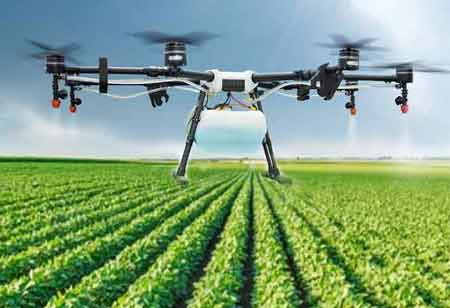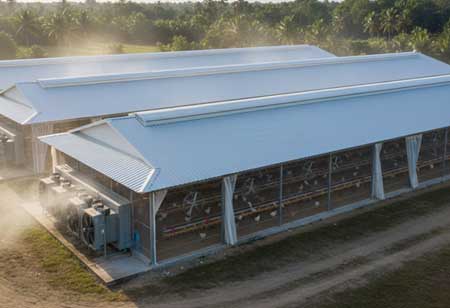Thank you for Subscribing to Agri Business Review Weekly Brief
Know About RTK?
Global Navigation Satellite System or GNSS influences every industry: navigation to farming, construction, and archaeology. This article will discover how GNSS positioning and the Real-Time Kinematic (RTK) technique work.

By
Agri Business Review | Tuesday, September 13, 2022
Stay ahead of the industry with exclusive feature stories on the top companies, expert insights and the latest news delivered straight to your inbox. Subscribe today.
RTK is the technique that eradicates errors as much as possible to give you accurate results and improved positional data down to a centimetre resolution
FREMONT, CA: Global Navigation Satellite System or GNSS influences every industry: navigation to farming, construction, and archaeology. This article will discover how GNSS positioning and the Real-Time Kinematic (RTK) technique work.
How GNSS Positioning Works
Before we move on with RTK, it's important to understand the general concept behind the positioning methods. The whole GNSS system is according to measuring how long it takes for a signal to travel from a satellite to the receiver.
You can decide your position on the planet, knowing the accurate orbits of the space vehicles (the ephemeris) and travel times from at minimum four satellites—to first form the area and then decide the exact location by finding the point where all the spheres cross.
When you define your position, you may wonder how accurate it is. Most GNSS or GPS receivers, like the one you can find in your smartphone or on most robotic platforms, choose your position with 2-4 meters accuracy. It's sufficient for you to find a shop you were looking for on Google Maps. Still, the estimation is way too rough for land surveying.
Function Of RTK
RTK is the technique that eradicates errors as much as possible to give you accurate results and improved positional data down to a centimetre resolution.
When the satellite signal travels towards the receiver, it goes through 20,200 km of the ionosphere and atmosphere down to Earth. The ionospheric impact significantly delays the signal and also can disturb it on the way. Moreover, many factors, like clouds, or obstacles, can affect the travel time and enhance the position error.
To deal with these problems, RTK comes to the rescue. For RTK, you require two GNSS receivers: one is static and called a "base station," and the other is moving and is called a "rover." While both receivers notice the same satellites concurrently, the static base station is placed at a point with familiar coordinates (a benchmark or a point measured beforehand).
Taking into account the familiar coordinates and receiving satellite signals, the base transmits corrections to the moving rover. Thus, the rover can get sub-centimetre accurate positioning. The notion is simple, but the devil's in the math here.
You don't inevitably need two units for RTK all the time. You can also execute RTK with only one rover. In this case, you'll require local services that share base corrections over the Internet called NTRIP. The NTRIP service transmits the corrections to your rover as a base station.
There's another solution if you need to survey an area without Internet coverage required for NTRIP corrections. PPK or Post-Processed Kinematic technique works like RTK but without a real-time connection between the base and the rover. Rather, both units record raw data during the survey, and these logs are processed in PPK software.
How to Choose a Receiver
There are single-band and multi-band receivers for RTK. Both receivers are competent in centimetre-level accuracy. The distinction is that more factors can impact the stable fix solution in the single-band receiver, like a baseline between a base and a rover, the sky view, and the surrounding environment. Therefore the choice of the receiver mainly depends on your working conditions. RTK receivers may diverge by the number of frequency bands they work with.
Multi-band receivers can keep the reliable fix solution even with a partly blocked sky view and work at a longer baseline. The multi-band units function with several frequency bands. The more available signals, the less time is needed to obtain a fixed solution. Reach RS2 multi-band receivers need ~5 seconds to get a fixed solution. Multi-band receivers can keep the reliable fix solution even with a partly blocked sky view and work at a longer baseline.





